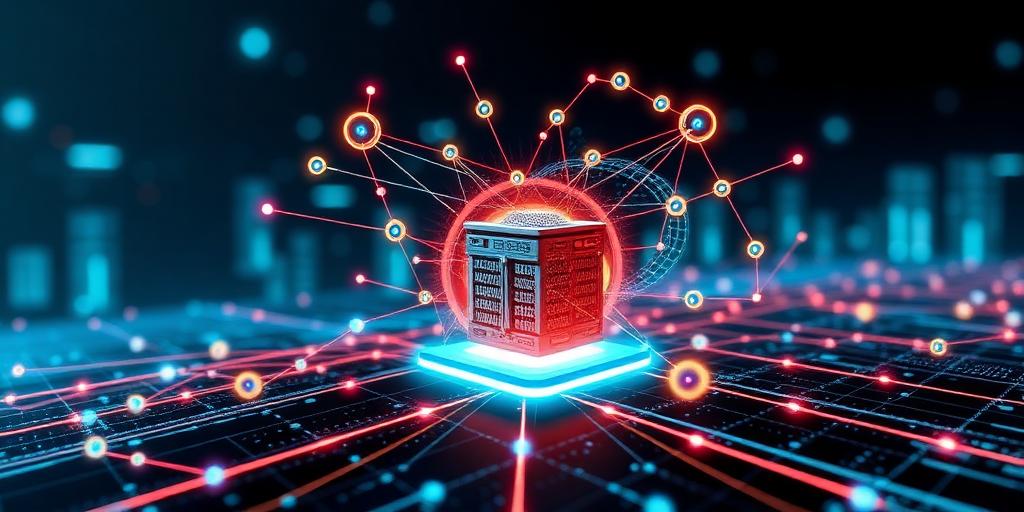The Pivotal Role of Edge Computing in Advancing IoT Deployments
The proliferation of the Internet of Things (IoT) has transformed industries, offering unprecedented connectivity and data generation capabilities. From smart homes to intricate industrial complexes, billions of devices are now interconnected, constantly generating vast streams of data. However, this explosion of data presents inherent challenges for traditional cloud-centric computing models, particularly concerning latency, bandwidth, and security. This is where Edge Computing in IoT emerges as a transformative paradigm, pushing computational power closer to the data source.
Understanding the IoT Landscape
At its core, IoT refers to a network of physical objects embedded with sensors, software, and other technologies for the purpose of connecting and exchanging data with other devices and systems over the internet. These devices range from simple sensors gathering environmental data to complex machinery performing critical operations. The value of IoT lies in the actionable insights derived from this collected data, traditionally processed and analyzed in centralized cloud environments.
The Emergence of Edge Computing
Edge computing represents a distributed computing framework that brings computation and data storage closer to the data sources – the “edge” of the network – rather than relying solely on a central cloud or data center. This architectural shift fundamentally alters how data from IoT devices is handled, processed, and utilized.
The Symbiotic Relationship: Why Edge and IoT Are Inseparable
The synergy between edge computing and IoT is profound. As IoT devices generate increasingly large volumes of data at high velocities, sending all of it to the cloud for processing becomes impractical, expensive, and slow. Edge computing benefits for IoT are numerous and critical for scalability and efficiency:
1. Minimizing Latency for Real-time Applications
Many IoT applications, such as autonomous vehicles, industrial automation, and robotic systems, demand near-instantaneous decision-making. Processing data at the edge significantly reduces the round-trip time for data transmission to a distant cloud and back, enabling real-time IoT analytics with edge computing. This low-latency capability is vital for critical safety and operational efficiency.
2. Optimizing Bandwidth and Network Load
Instead of transmitting raw, unfiltered data to the cloud, edge devices can pre-process, filter, and aggregate data locally. This reduces the volume of data traversing the network, conserving valuable bandwidth and lowering data transmission costs. It ensures that only relevant insights, rather than raw noise, are sent upstream, optimizing IoT data processing at the edge.
3. Enhancing Security and Privacy
Processing sensitive data locally at the edge minimizes its exposure during transit to the cloud. This localized processing reduces the attack surface and helps organizations comply with stringent data privacy regulations. Furthermore, edge devices can be configured with robust security protocols to protect data where it originates.
4. Ensuring Operational Continuity and Reliability
Edge computing introduces a layer of resilience. If cloud connectivity is intermittent or lost, edge devices can continue to operate and process data autonomously. This decentralization ensures that critical operations, such as those in manufacturing plants or smart infrastructure, remain uninterrupted.
5. Driving Cost Efficiency
By reducing the need for extensive cloud storage and high-bandwidth network infrastructure, edge computing can lead to substantial cost savings. Less data sent to the cloud translates to lower egress fees and less demand on core network resources.
Practical Applications: Where Edge Computing Shines in IoT
The transformative power of edge computing is evident across various sectors:
- Industrial IoT (IIoT): For predictive maintenance, real-time quality control, and operational optimization in factories. Edge devices can analyze sensor data from machinery to detect anomalies and prevent failures.
- Smart Cities: Managing traffic flow, public safety surveillance, and environmental monitoring, where immediate localized data processing is crucial.
- Healthcare: Enabling remote patient monitoring, allowing medical devices to analyze vital signs and send critical alerts without constant cloud reliance. This facilitates
Edge AI for IoT devicesin health applications. - Autonomous Vehicles: Processing vast amounts of sensor data (Lidar, radar, cameras) in real-time to make split-second driving decisions, a quintessential example of decentralized IoT architecture.
Overcoming the Hurdles: Challenges in Edge-IoT Integration
While the advantages are compelling, deploying edge computing solutions for IoT is not without challenges. These include managing and orchestrating a vast network of distributed edge devices, ensuring consistent security across heterogeneous environments, and standardizing interoperability among various hardware and software components.
The Future is at the Edge
Edge Computing in IoT is not merely an optimization; it is a fundamental evolution of how we design, deploy, and manage connected ecosystems. As IoT continues its relentless expansion, the ability to process, analyze, and act on data at the network's edge will become increasingly indispensable for unlocking the full potential of smart environments and intelligent systems.









